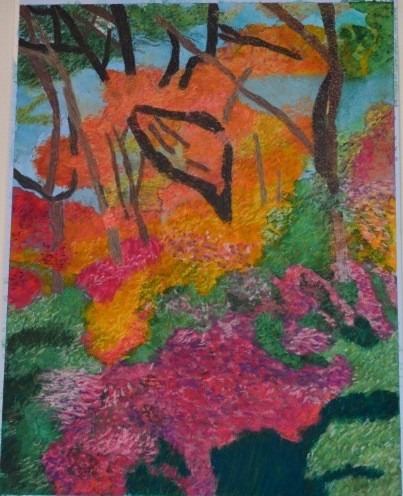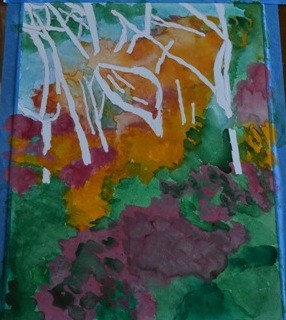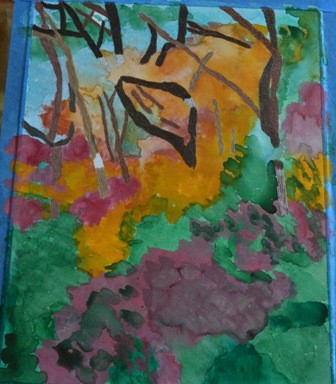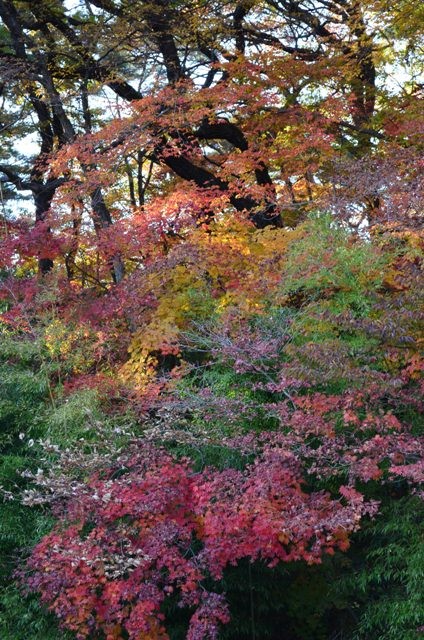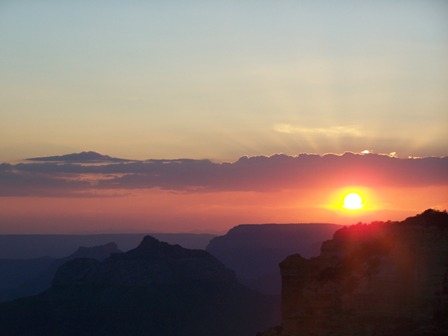Thus continuing my love of brightly colored landscapes and a desire to make brightly colored paintings. This painting was accomplished with a watercolor underpainting, watercolor pencils for the trees, and hard pastels for the foliage texture. I chose this particular picture to paint, because I really liked all the wild, natural colors.
I first applied masking fluid to all the trees to save the white. Then I laid down a multi-colored watercolor underpainting roughly corresponding to the colors of my desired endstate. I didn’t try to be very restrictive in the sense of coloring in exact lines, but rather a bit more free flowing and abstract.
After the underpainting dried, but before I applied the foliage texture with hard pastels, I used watercolor pencils for the trees. I pulled up all the masking fluid and laid in the trees with a variety of colors. I like watercolor pencils more than normal colored pencils, because I can layer all the colors and the detail like a normal colored pencil, but then I can make a rich, controlled wash with the watercolor. Then I finished up the painting by applying layers of differing colors of hard pastel to recreate the image of foliage.
This was my reference photo. It was taken during a nice day hiking in Palgonsan Provincial Park one Saturday afternoon in October. I was completely taken by all the natural colors. Palgonsan Provincial Park was very easy to reach. I just took one of the numerous KTX trains from Seoul Station down to Dongdaegu, which was only about two and a half hours away by express train. The local bus number 1 out to Palgonsan Park and then just hike to your heart’s content and enjoy the beautiful Donghwa Temple and the beautiful nature. It made for an easy and pleasant full day trip.
My painting is certainly not photo realistic, and part of me wishes that it was. But another part of me likes the more impressionistic nature of the painting and thinks it captured the abstract colorful nature of that autumn foliage. I still need to work on representing light sources accurately. I’ve been trying to branch out my technique and move away from attempting to recreate the reference photo as much as possible, to a more abstract capture of the scene.

